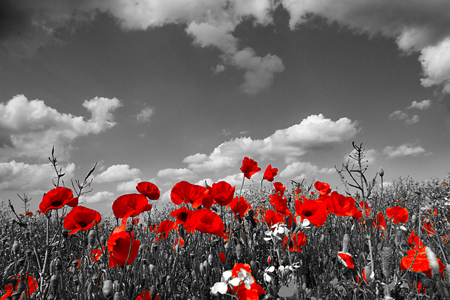 By Hedy Korbee
By Hedy Korbee
When the First World War broke out in 1914, Birch Cliff was a tiny village surrounded by farmland.
Tucked into the southwest corner of Scarborough Township (total population 5,000), Birch Cliff was sparsely settled by homeowners of English, Irish and Scottish descent who mostly commuted to downtown Toronto to earn a living.
Many travelled to work via radial car on Kingston Road, which was a 12-foot wide unpaved street that was shared by pedestrians and the occasional horse and wagon.
Birch Cliff casualties
It’s not known exactly how many men from Birch Cliff village ventured to Europe to fight in the First World War, but thanks to an extraordinary casualty map by journalist Patrick Cain, we do know something about those who never returned.
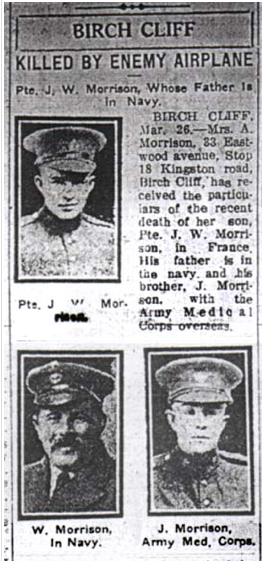
What follows are short profiles of soldiers with ties to Birch Cliff who died on the battlefield.
They were identified from the casualty map, with information supplemented by the Canadian Great War Project and the Canadian Virtual War Memorial.
Some of the information is contradictory, perhaps because families moved or because the records are 100 years old.
John William Morrison
19-year old Sapper John William Morrison was with the 2nd Battalion, Canadian Railway Troops.
According to a letter received by his mother, Morrison was killed by a bomb from an enemy plane at 7:30pm on February 17, 1918.
“Your son was exceptionally popular with officers and men and always most faithful in performing his duty,” wrote Lieut. W.H. Draper.
Morrison is identified as the son of William and A. Morrison of 226 Blantyre Ave but the mother is also listed as living at 33 Eastwood Avenue.
Morrison is buried at Grand-Sereaucourt British Cemetery in Aisne, France.
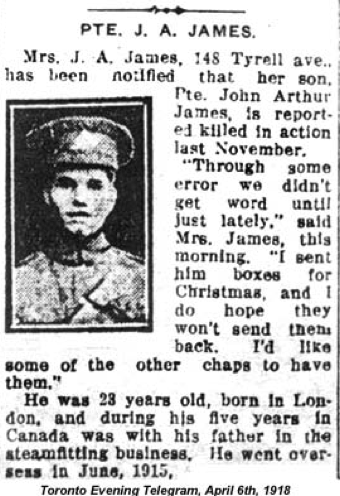 John Arthur James
John Arthur James
John Arthur James was in the steamfitting business when he enlisted in the army in 1915 at the age of 29.
He was the son of John and Martha James of 57 Eastwood Avenue. (Eastwood has since been renumbered but the house was a couple of doors south of Hollis).
James was a Private in the Royal Canadian Dragoons of the Canadian Cavalry Regiment. He was killed in action at the age of 32.
James is commemorated at the Canadian National Vimy Memorial, a beautiful monument in France that honours soldiers who have no known grave.
Charles Joseph Watson
In October, 1916, Charles and Martha Watson of 65 Kalmar Avenue (near Hollis) received word that their son, Charles Joseph Watson, had died on a battlefield in France of unknown causes.
Charles Jr., 32, was a father of three children under the age of five, who appears to have moved to Woodbine Avenue to raise his young family.
He supported them by working in the construction department at the Robert Simpson Co.
Watson was a private in the 60th Battalion of the Canadian Infantry and is commemorated at Vimy Ridge.
Frank Williams
Frank Williams was just 23 years old when he died of unknown causes on October 8, 1916.
He was a private with the 43rd Battalion of the Canadian Infantry.
Frank’s mother was Mrs. Rose Williams of 43A Valhalla Boulevard. Williams is honoured at the Vimy Ridge Monument.
Frank Meyers
Private Frank Meyers of the 3rd Labour Battalion, Canadian Regiment, died of unknown causes at the age of 27 on June 23, 1917.
His parents were Col. Serjt. Maj. J. T. Myers and Mrs. M. J. Myers of 44 Queensbury Avenue.
Myers is buried at Belgian Battery Corner Cemetery, southwest of Ypres.
Alexander Johnston
Alexander Johnston was a waiter at the Albany Club when he enlisted in the army in 1915 at the age of 27.
He became a private in the 15th Canadian Battalion, Canadian Infantry and died in April 1917.
Johnston was the son of Alexander and Annabella Johnston, who lived at 214 Blantyre Avenue.
At the time of his death he was married to Jean Mair Lusted and appeared to be living on Rainsford Road in the Beach.
Leslie Knight Tuck
24-year old Corporal Leslie Knight Tuck was a member of the Canadian Engineers and died on March 20, 1919 of unknown causes.
Knight was the son of Hemington and Grace Tuck of 1437 Kingston Road (between Warden and Haig).
He is buried at Seaford Cemetery in Sussex, England
Lest we forget.

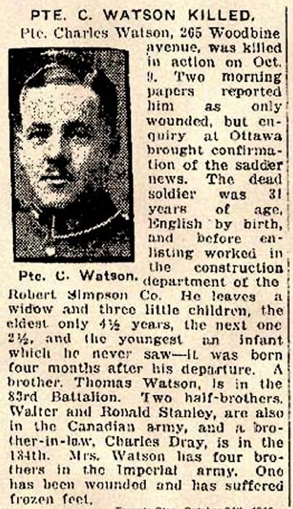
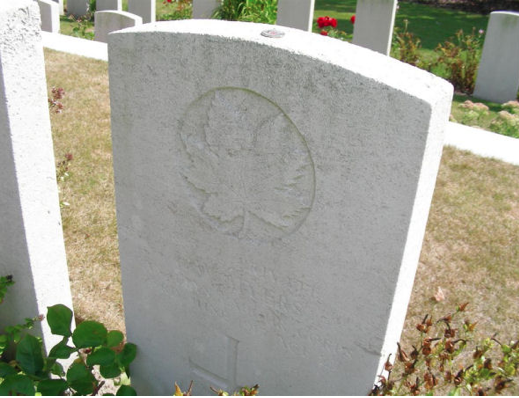
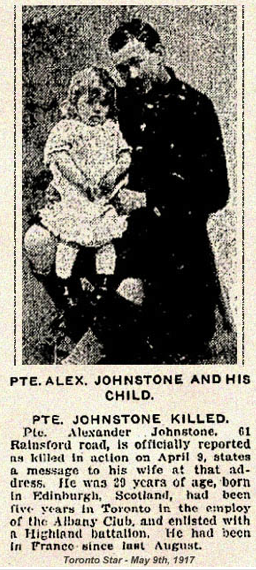
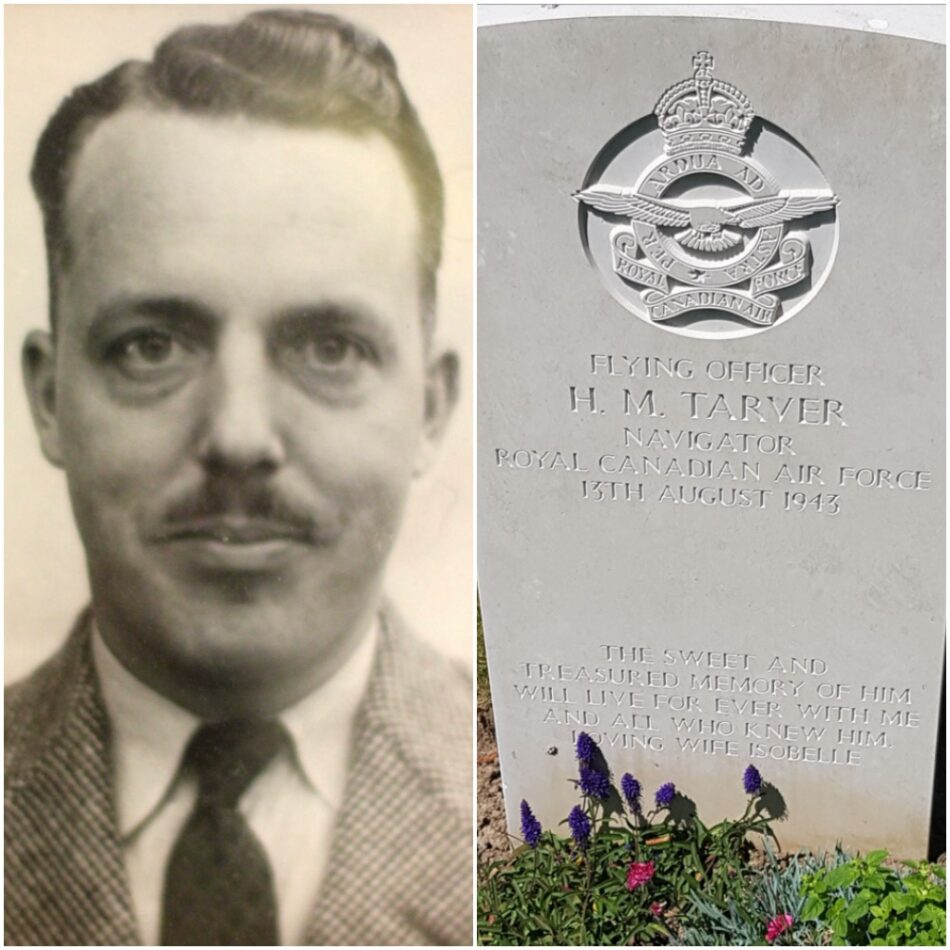

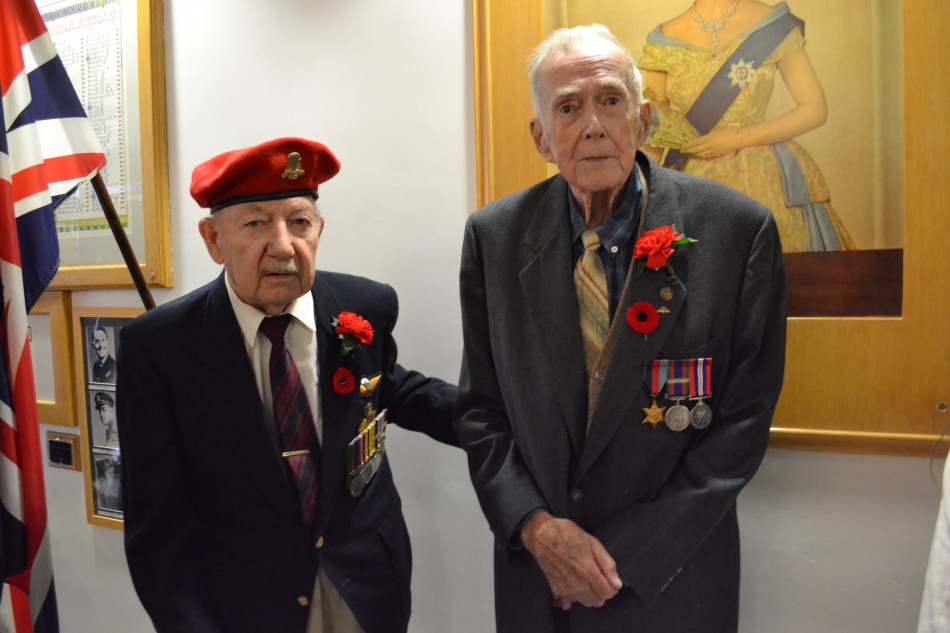
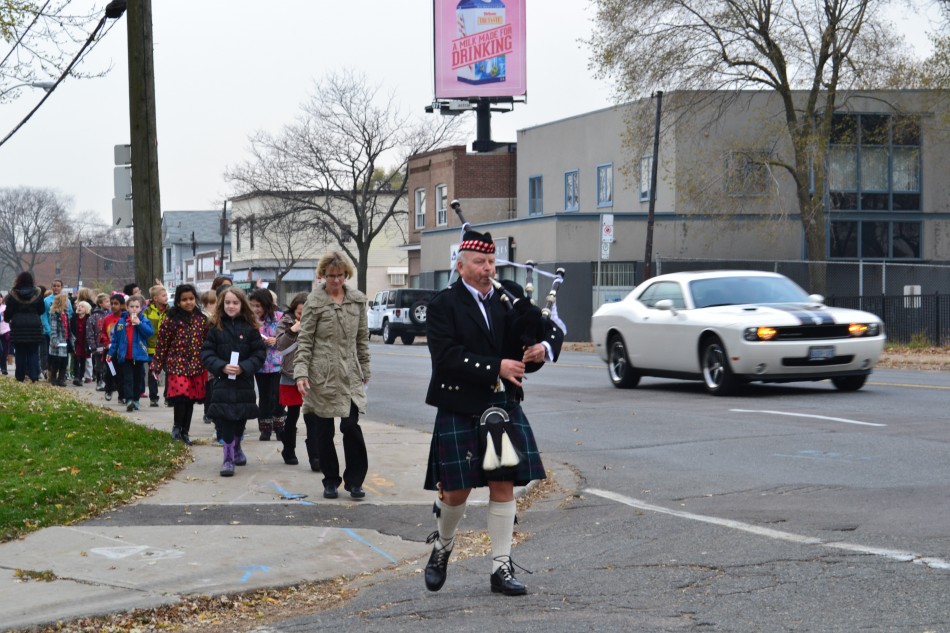
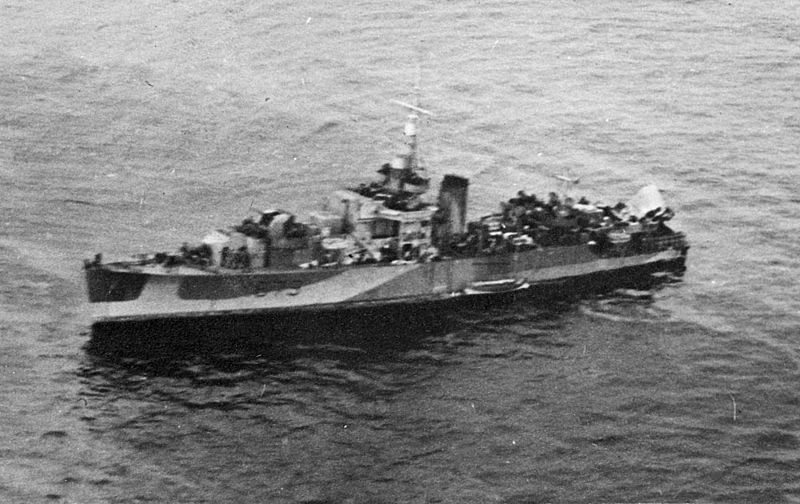
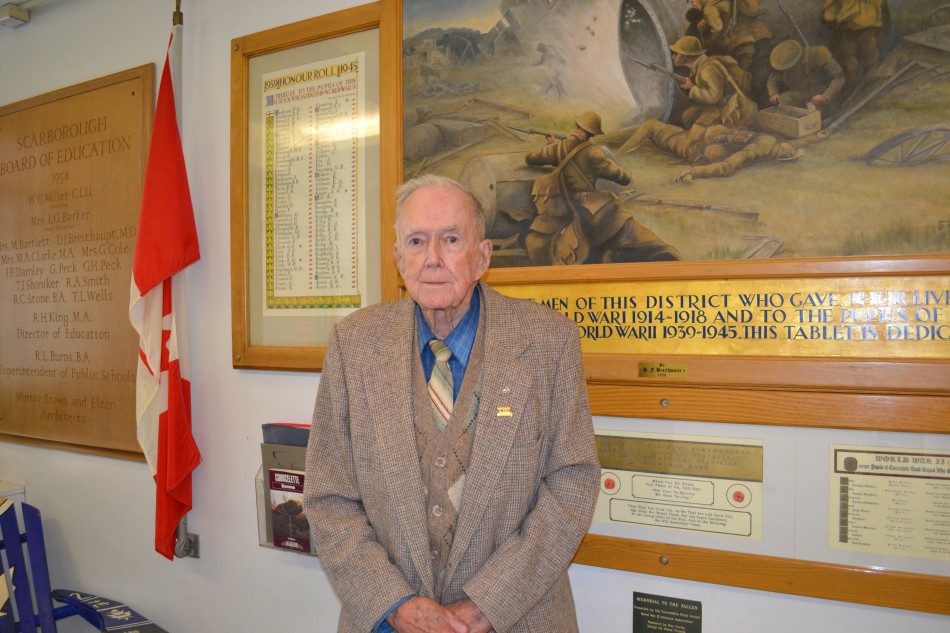
For whatever reason, seeing the addresses of the soldiers, has an unexpected impact. Thanks for the article.